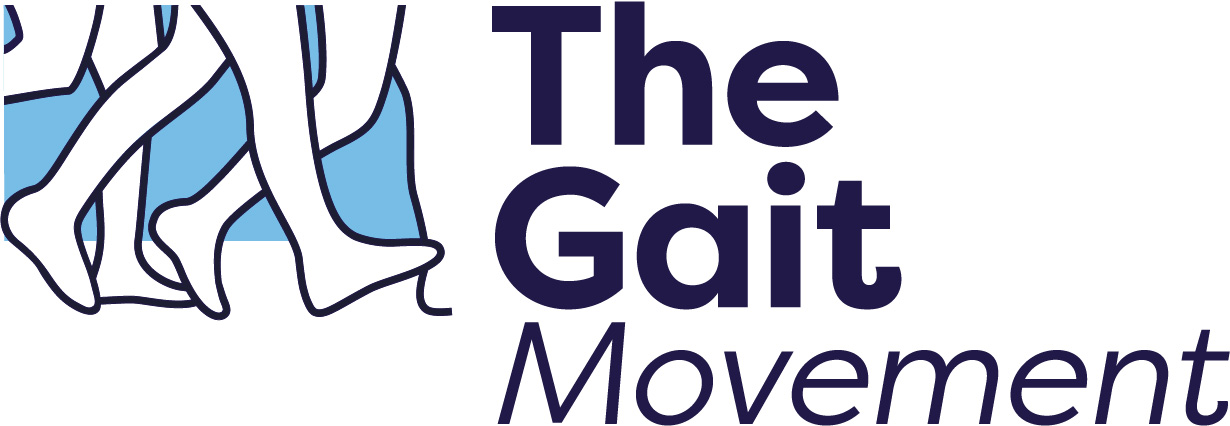When I was a young clinician, I found the knee joint quite complex and I would be quite anxious when a client came in complaining of knee pain. But then one of my senior mentors told me one of the most useful analogies of my career, and that is: “the knee is a dumb joint, it will do whatever the foot or the hip tells it to”. Or another analogy I sometimes use is “the piggy in the middle” joint.
Even though you still need to test the joint locally at the knee, you should also be considering that forces acting upon the injured knee are likely to be related to hip weakness or foot posture. Therefore, you should also be testing glute strength and assessing foot posture.
For glute strength, assess their gait for Trendelenburg; and a great functional test to do would be a single leg squat. This will emphasise if the knee falls into valgus indicating glute weakness . I find this test can really help to visualize how drastically the knee position can be affected by glutes weakness.
If you are not experienced in Functional Tests then our Foundations Course can help you.
As far as assessing foot posture goes: if the foot overpronates this will again create valgus forces through the knee; if the foot supinates, this will create varus forces through the knee. If you’re not a podiatrist, refer to one as orthotics might be necessary to support foot posture and modify load through the knee (and lower limb in general).

